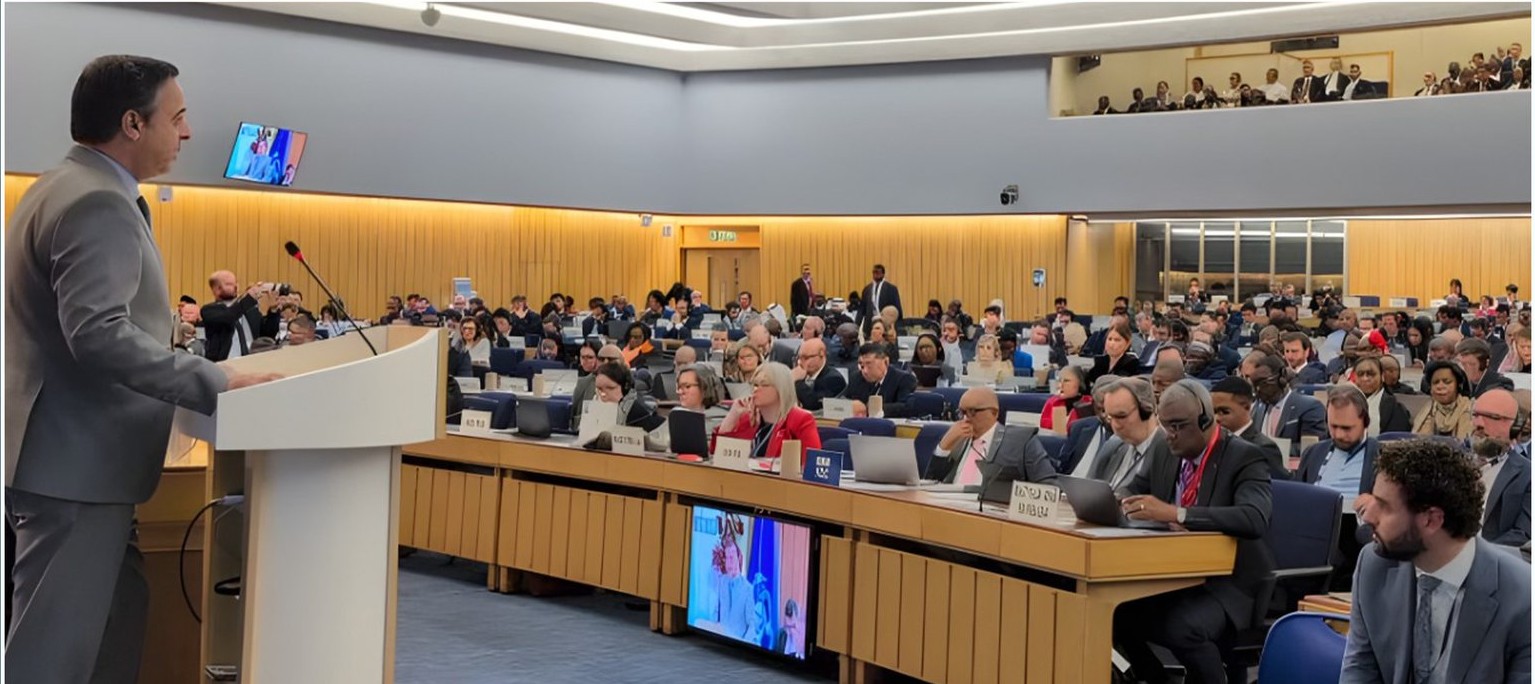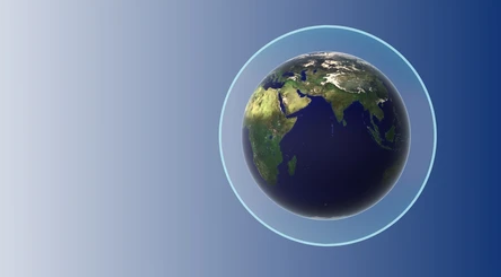
: The Earth’s ozone layer is healing, with the Antarctic hole notably smaller in 2024, signaling a major environmental success driven by international cooperation.
ISLAMABAD: The Earth’s ozone layer is healing, with the Antarctic hole notably smaller in 2024, signaling a major environmental success driven by international cooperation.
Decades of global agreements and careful scientific monitoring have led to a substantial reduction in harmful ozone-depleting substances. This has resulted in a shrinking ozone hole, improved public health prospects, and environmental recovery.
Sustained efforts under the Montreal Protocol and related treaties have set the path for full restoration by mid-century, showcasing effective multilateral action guided by science.
The protective ozone layer, which shields the Earth from harmful ultraviolet radiation, continues to recover, with 2024 seeing a smaller Antarctic ozone hole than in recent years. This promising development highlights the success of ongoing international efforts and aligns with scientific projections of full ozone restoration by the middle of the century.
The World Meteorological Organization (WMO) reported that the reduced ozone depletion last year was partly influenced by natural atmospheric variations, which cause yearly fluctuations. WMO Secretary-General Celeste Saulo said, “WMO’s scientific research into the ozone layer dates back decades. It is underpinned by trust, international collaboration and commitment to free data exchange – all cornerstones of the world’s most successful environmental agreement.”
The recovery results directly from long-standing international commitments. United Nations Secretary-General António Guterres said, “Forty years ago, nations came together to take the first step in protecting the ozone layer — guided by science, united in action. The Vienna Convention and its Montreal Protocol became a landmark of multilateral success. Today, the ozone layer is healing. This achievement reminds us that when nations heed the warnings of science, progress is possible.”
The Vienna Convention, initiated in 1975, first recognized ozone depletion as a critical global issue. This paved the way for the Montreal Protocol in 1987—one of the most successful environmental agreements—which called for phasing out substances that damage the ozone layer. These include chemicals used extensively in refrigeration, air conditioning, firefighting foam, and aerosol sprays.
To date, over 99% of the production and consumption of these controlled ozone-depleting substances have been eliminated. Such a huge reduction has slowed ozone layer degradation and set it on a trajectory to return to its 1980s state by the middle of the 21st century.
Recovery of the ozone layer will significantly decrease the risks of skin cancer, cataracts, and ecosystem damage linked to excessive ultraviolet (UV) exposure.
In 2024, the Antarctic ozone hole reached a maximum ozone mass deficit of 46.1 million tonnes on September 29, which is below the 1990-2020 average. The season’s depletion began later than usual and progressed slowly, followed by a quicker recovery after the deficit peaked.
Scientists view this delayed onset as a strong sign that the Antarctic ozone hole is indeed recovering. Matt Tully, Chair of WMO’s Scientific Advisory Group on Ozone and Solar UV Radiation, stated that “despite the great success of the Montreal Protocol in the intervening decades, this work is not yet finished, and there remains an essential need for the world to continue careful systematic monitoring of both stratospheric ozone and of ozone-depleting substances and their replacements.”
The WMO, in partnership with the United Nations Environment Programme, produces a quadrennial Scientific Assessment of Ozone Depletion to evaluate the latest knowledge and trends. The most recent assessment projects recovery to pre-hole ozone conditions by 2066 in the Antarctic, 2045 in the Arctic, and 2040 globally if current policies remain in effect. The next comprehensive report is due in 2026.
Ongoing monitoring of ozone levels and ozone-depleting substances remains vital. The WMO established guiding principles for worldwide ozone and ultraviolet monitoring networks to ensure extensive coverage, standardize data collection, and promote scientific collaboration. An important milestone in the global effort is the Kigali Amendment (2016), which targets hydrofluorocarbons (HFCs)—potent greenhouse gases used as replacements for ozone-depleting substances.
With 164 parties ratifying the amendment, the gradual reduction of HFCs is on track, potentially preventing up to 0.5°C of global warming by century’s end.
Protecting the ozone layer has directly advanced several United Nations Sustainable Development Goals, including good health and well-being, climate action, zero hunger, and life on land.
Latest News
Two National Guard soldiers shot near White House, suspect in custody
AN HOUR AGO
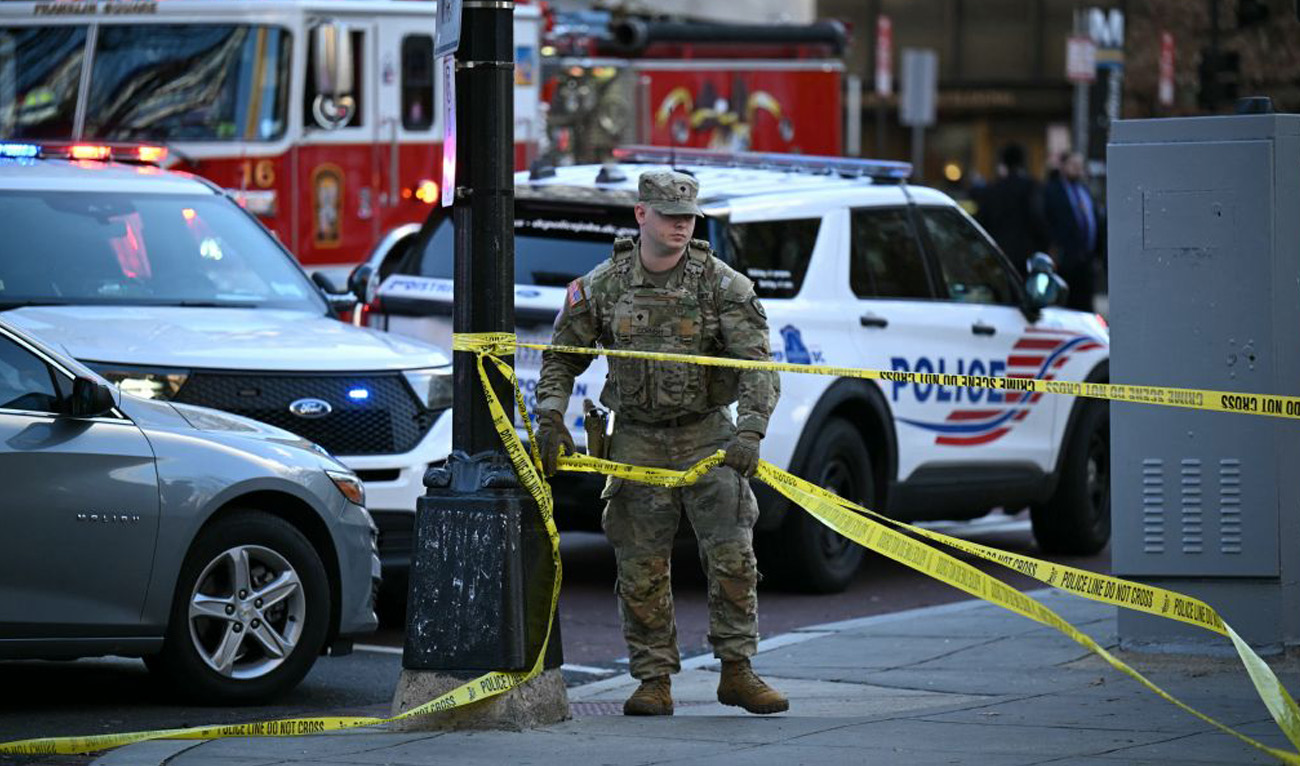
Hong Kong high-rise fire kills at least 36, 200-plus missing
2 HOURS AGO
.jpg)
NASA confirms support for delayed European Mars rover: ESA
4 HOURS AGO
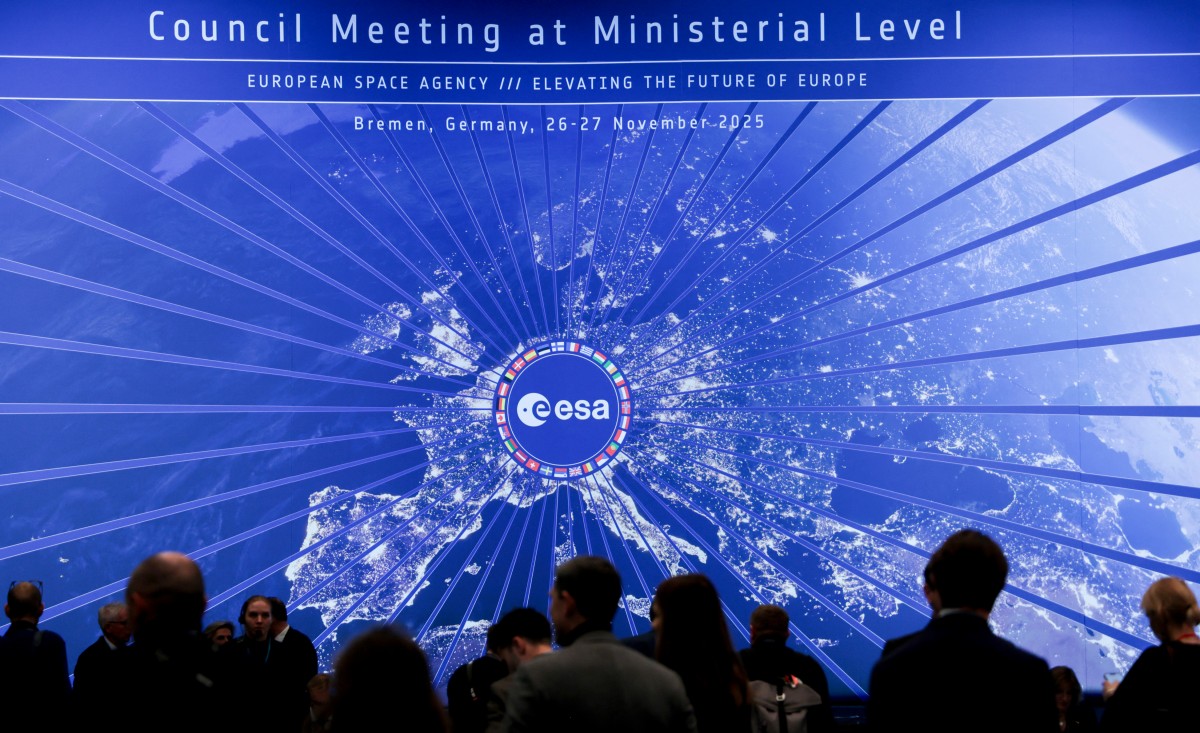
Iran offers ‘blank cheque’ to support Pakistan-Afghanistan peace, eyes stronger bilateral ties
4 HOURS AGO
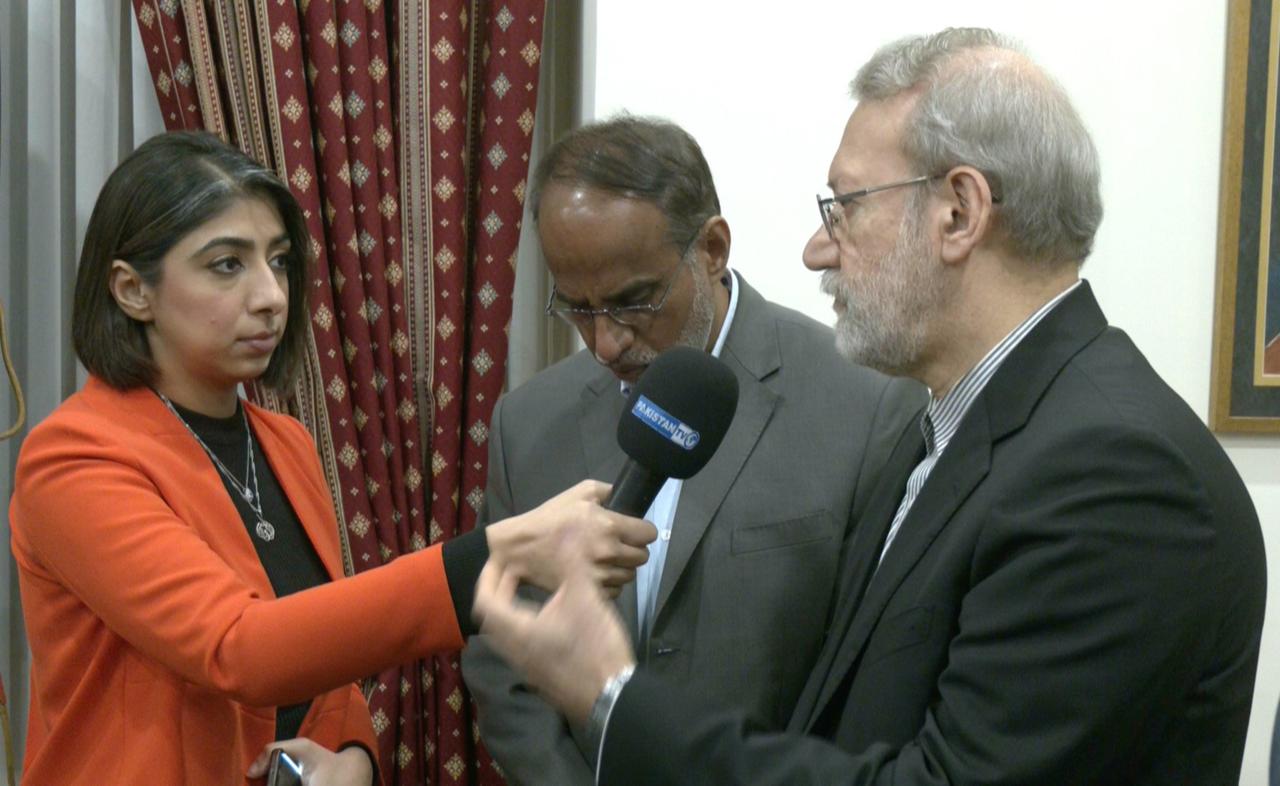
Pakistan seeks multicontinental alliance to shape future of global shipping
5 HOURS AGO
